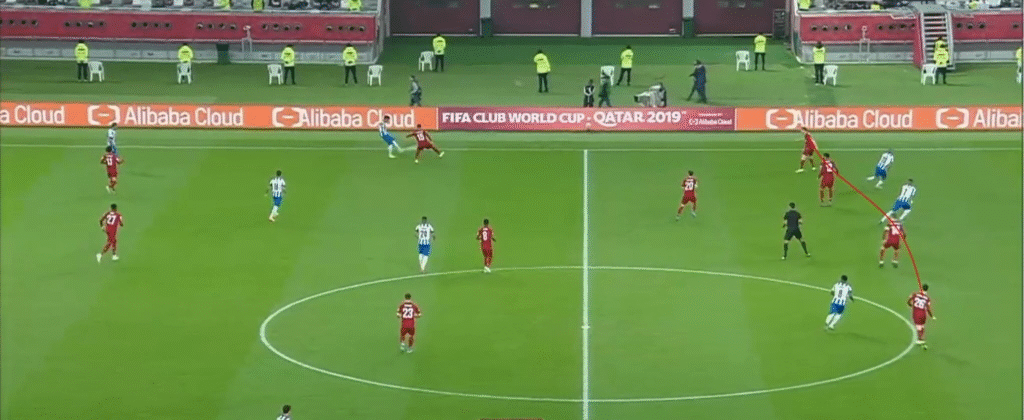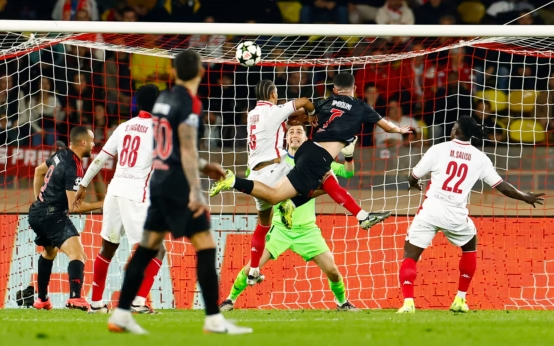Offside Trap in Football: What Is the Offside Trap?
What Is the Offside Trap?
The offside trap is a defensive tactic in football designed to catch attacking players offside. Defenders move up the pitch in unison just before a pass is played to a forward, leaving the attacker in an offside position. According to Law 11 of the Laws of the Game, a player is offside if they are nearer to the opponent’s goal line than both the ball and the second-last opponent (usually a defender) when the ball is played.

The tactic aims to stop attacks without tackling, relying on precise timing and coordination. It’s a high-stakes move that can either neutralize threats or backfire spectacularly.
Teams like Liverpool under Jürgen Klopp have mastered this strategy, using it to disrupt opponents’ rhythm. The offside trap remains a key part of modern football, though its use has evolved with rule changes and technology like VAR (Video Assistant Referee).
Origins and Invention
The offside trap traces back to the early 20th century, with Notts County credited as pioneers. In the 1920s, their defenders began stepping up to catch forwards offside, exploiting the offside rule introduced in 1863 to prevent “goal hanging.”
The tactic gained prominence in the 1920s with Newcastle United’s full-back pair, Frank Hudspeth and Bill McCracken, whose obsessive use led to games with few goals, prompting rule tweaks in 1925. Argentine coach Osvaldo Zubeldía later refined it in the mid-20th century, making it a staple for tactical teams.
By the 1980s and 1990s, managers like Arrigo Sacchi at A.C. Milan and George Graham at Arsenal perfected the trap, using high defensive lines. The tactic’s evolution reflects football’s shift toward strategic defending, though no single inventor is named—just a gradual development by early tacticians.
Benefits of the Offside Trap
The offside trap offers clear advantages when executed well. It disrupts attacking momentum, forcing opponents to pause or risk offside calls, which can frustrate strikers and lead to rushed decisions. Teams win possession without physical challenges, as the referee awards an indirect free kick for offside violations.
A successful trap, like Arsenal’s under Graham in the late 1980s, allows defenders to control space and dictate play. It suits teams with fast, disciplined defenders, such as Liverpool’s Virgil van Dijk and Ibrahima Konaté, who can quickly step up to catch forwards off guard.
The tactic also compacts the pitch, limiting space for attackers to exploit. In high-pressing systems, like those of Klopp or Pep Guardiola’s Barcelona, the trap complements aggressive defending, making it harder for opponents to build attacks.
Data from the top five European leagues shows offside calls dropped after VAR’s introduction, suggesting teams using the trap effectively can still gain an edge.
Disadvantages and Risks
Despite its benefits, the offside trap is risky. If one defender mistimes their movement, the entire line collapses, leaving attackers with a clear run at goal. Fast strikers, like Thierry Henry in his Arsenal prime, could exploit even slight hesitations.
The tactic demands perfect communication and trust, often led by a vocal center-back. At amateur or youth levels, inconsistent officiating can lead to missed calls, punishing teams that rely on the trap. Overusing it makes defenses predictable, allowing smart attackers to adapt with well-timed runs or short passes.
Recent rule changes, like the 2005 liberalization allowing players not directly involved in play to avoid offside penalties, have made the trap riskier.
A 2023 study in Frontiers noted a decline in offside offenses in Europe’s top leagues, as teams shift to deeper defending to avoid exposure. If the trap fails, goalkeepers face one-on-one situations, as seen when attackers “break the trap” in commentary.
Examples in Modern Football
The offside trap remains a hallmark of tactically astute teams. Liverpool under Klopp frequently use a high line with their quick center-backs, catching opponents offside to regain control.
In the 2022-23 Premier League season, they led the league in offside calls against opponents, showcasing the trap’s effectiveness. A.C. Milan under Sacchi in the late 1980s used it to dominate Europe, with defenders like Franco Baresi moving as a unit to stifle attacks.

Arsenal’s “Invincibles” era saw Sol Campbell and Kolo Touré execute the trap to perfection, frustrating teams like Manchester United. However, failures are notable too—Nigeria’s goal against Argentina in the 1996 Olympic final came when a lineman missed an offside trap, leaving defenders exposed.
Barcelona under Guardiola paired the trap with high pressing, forcing errors, though they faced criticism when Bayern Munich’s quick forwards broke through in 2013. These examples show the trap’s dual nature: a game-changer when it works, a disaster when it doesn’t.


 Why Barcelona Missed the 2025 FIFA Club World Cup
Why Barcelona Missed the 2025 FIFA Club World Cup  Why Barcelona vs. Inter Was a Classic
Why Barcelona vs. Inter Was a Classic  Raphinha Shines as Barcelona Edge Celta in 4-3 Thriller
Raphinha Shines as Barcelona Edge Celta in 4-3 Thriller  Kevin De Bruyne leaving Manchester City
Kevin De Bruyne leaving Manchester City  Is Ronaldo likely to claim the AFC Champions League Elite Golden Boot?
Is Ronaldo likely to claim the AFC Champions League Elite Golden Boot?  Champion League DRAMA & Unexpected Outcomes
Champion League DRAMA & Unexpected Outcomes